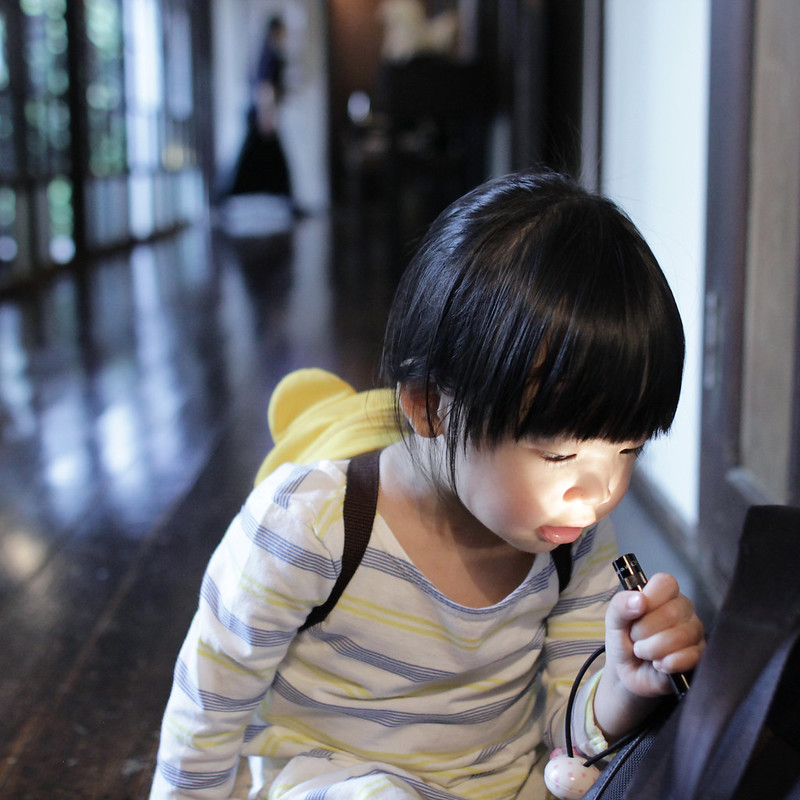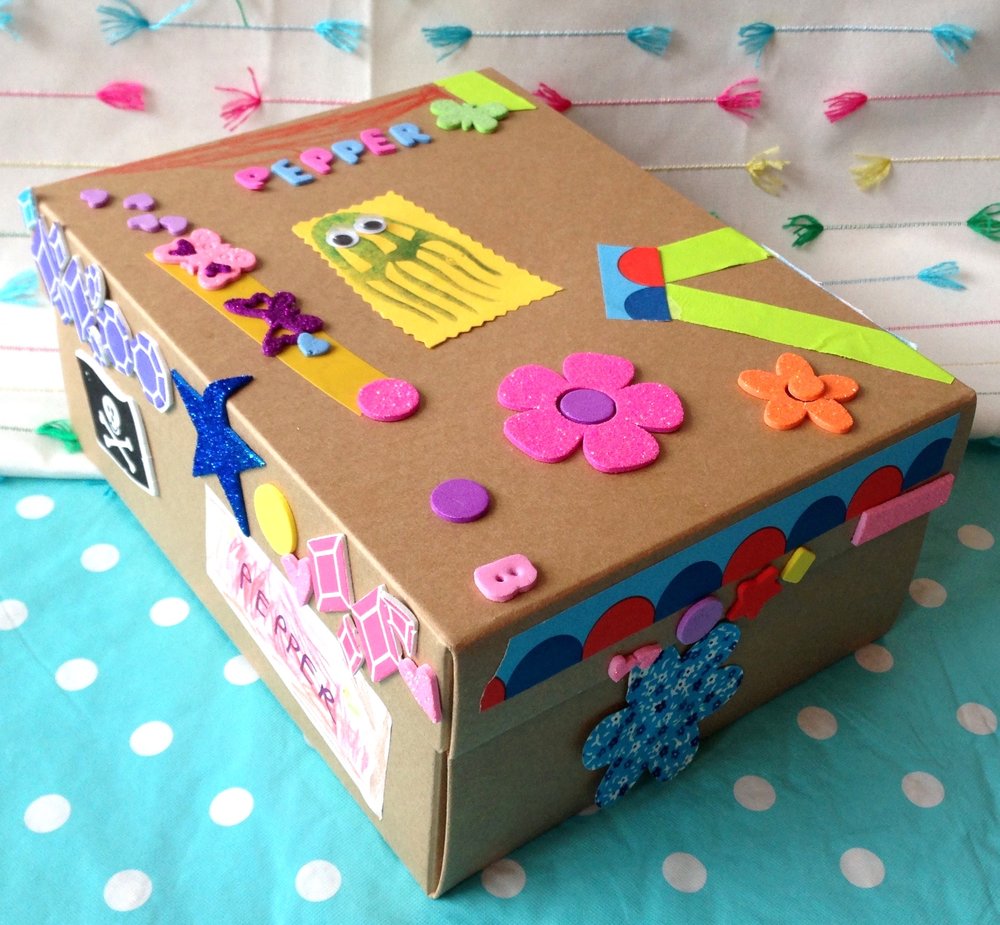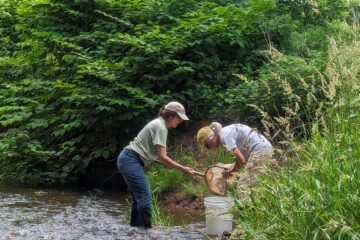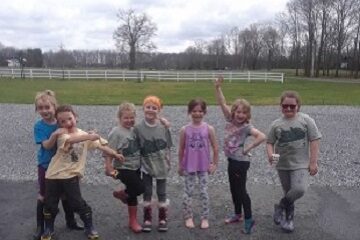Gather together with your close ones and bring stories to life!
By Nancy Yard, RHA Volunteer 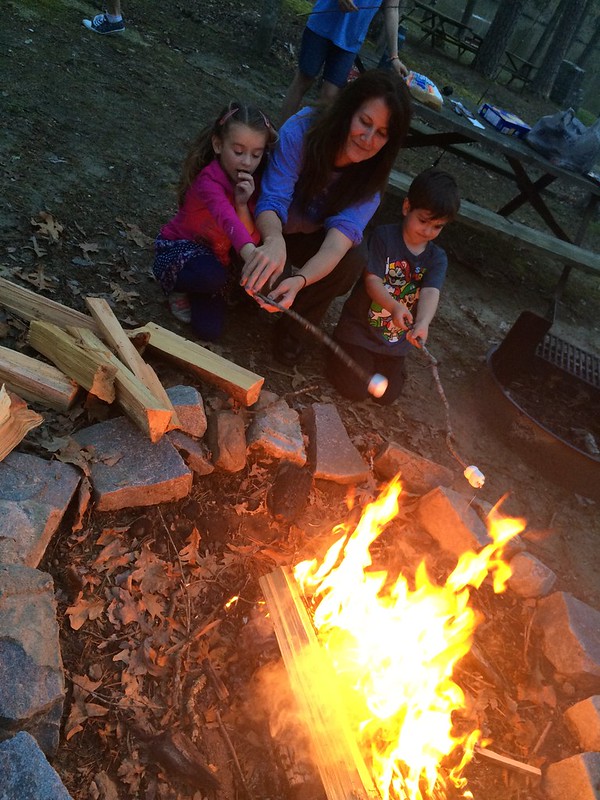
Level: Families and Friends
Duration: During backyard campfires or candlelight
Setting: Backyard
Background: Storytelling is often part of a campfire experience as people enjoy the evening. Adults gathered around the campfire become natural storytellers. Children can be invited to create and tell stories. Make storytelling part of your family tradition this summer.
Materials:
- Campfire, lantern or candle
- Well-read books
- Photographs or sketches
- Storytelling box or artifacts
- Small ball
- Headlamp, flashlight, or glow stick
Activities:
1. Pass the Popcorn: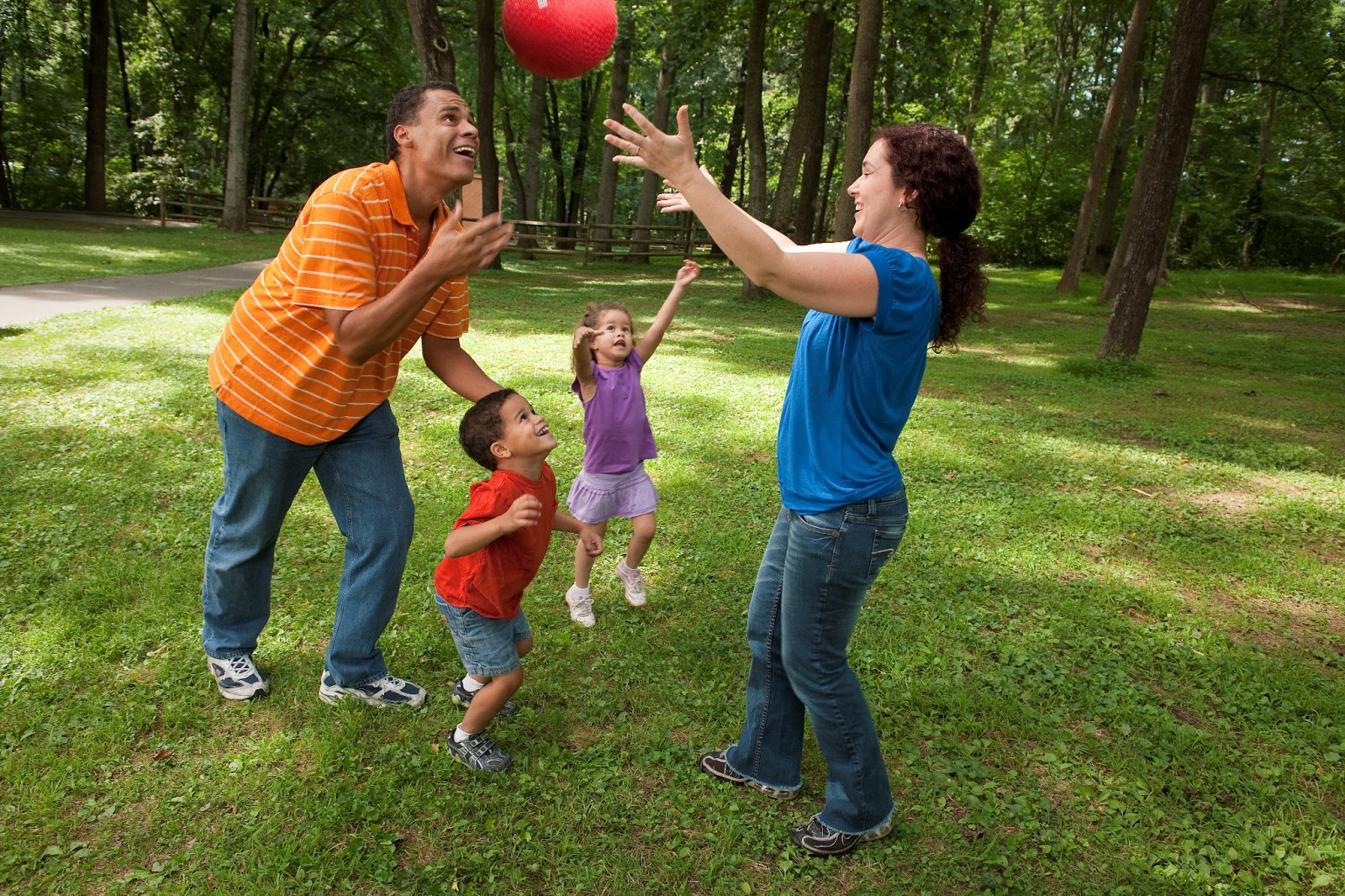
- Gather in a circle away from the campfire as an adult gets the campfire ready for storytelling
- Get the wiggles out while warming up your storytelling skills
- Pass or lightly toss a small ball from person to person.
- The person tossing the ball states the scenario and the person who receives the ball acts it out
- Scenarios should involve an action or one of the senses. Actions should be short and lively with lots of positive encouragement provided
- Overly exaggerate the scenario and then toss the ball to the next person while providing the next scenario
EXAMPLES:
You are_________
- Walking through a deep snow storm
- Jumping into a cold lake
- Releasing fireflies from a jar
- Observing a newborn fawn in the meadow
- Skipping over rocks and discovering one is a giant frog
- Falling off a log into a bed of tall grass
- Gathering strawberries and find a surprise
2. The Story Light:
- Settle around the campfire
- One person holds a headlamp, flashlight, or glow stick and begins a story
- The light source is passed to the next person who continues the story
- The last person to receive the light brings the story to an end.
Note: One person can act out the completed story becoming the evening storyteller.
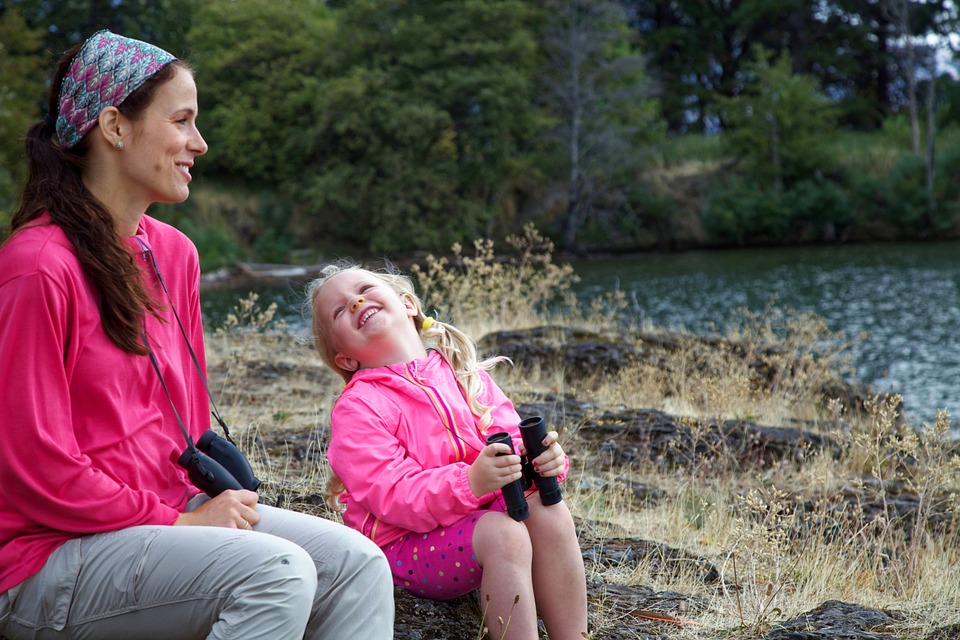 3. Family Stories:
3. Family Stories:
- Each family member tells a short story from their own experience
- Family photographs or sketches can be used to prompt and support story development
- Adults can support storytelling by asking questions and prompting actions and emotions
- Stories can be rehearsed prior to the campfire. Older children often enjoy the preparation of the story as much as the actual storytelling
Note: Family stories should engage children in a stories in their comfort level and that are enjoyed by all. An evening of storytelling should always be a positive experience for all participants.
4. Story Beads: 
- Using yarn and beads families create a tale starring a family member
- A family member starts the tale by knotting one bead at the end of the string
- They begin an exaggerated tale starring a family member.
- The storyteller adds beads as they tell the story.
- Beads are added until the story comes to an end.
- When the story ends the completed string of beads is presented to the “star” of the story
- This can also be done with each family member adding to the story and placing a bead, presenting the completed string of beads to the family member who is the star of the story
Note: Children often enjoy hearing their own story over and over as part of the campfire experience and can be encouraged to their story using the string of beads to sequence the events in the story.
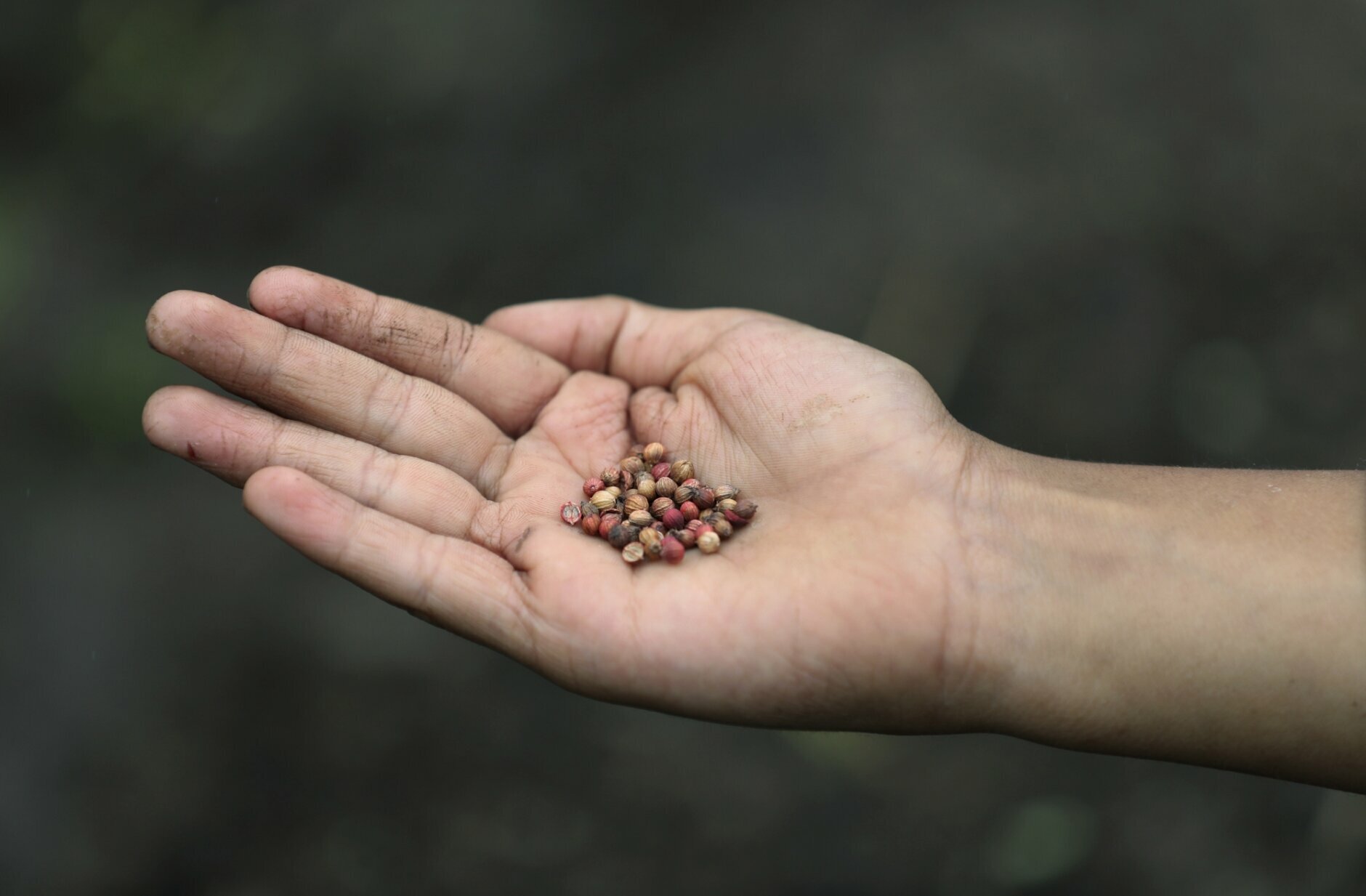 5. Threading Stories:
5. Threading Stories:
- The storyteller envisions a story being threaded through cloth one stitch at a time
- The storyteller brings the object to life through its journey
- Gather artifacts and place in a box, bag or on a folding table
- Participants engaged in telling stories by selecting an object and then begin to tell a tale of adventure bringing the object to life one stitch at a time
Note: For young children adult modeling and/or sketching can help bring the story to life and to a timely end. Stories can be lengthened or shortened by the amount of stitches. Encourage the development of elaboration with viewer stitches but greater detail as the object comes to life.
Examples of Objects:
- Shell
- Bird nest
- Feather
- Hand full of seeds
- Pine Cone
- Rock
- Piece of Fabric
- Sea Glass
6. Bag of Wishes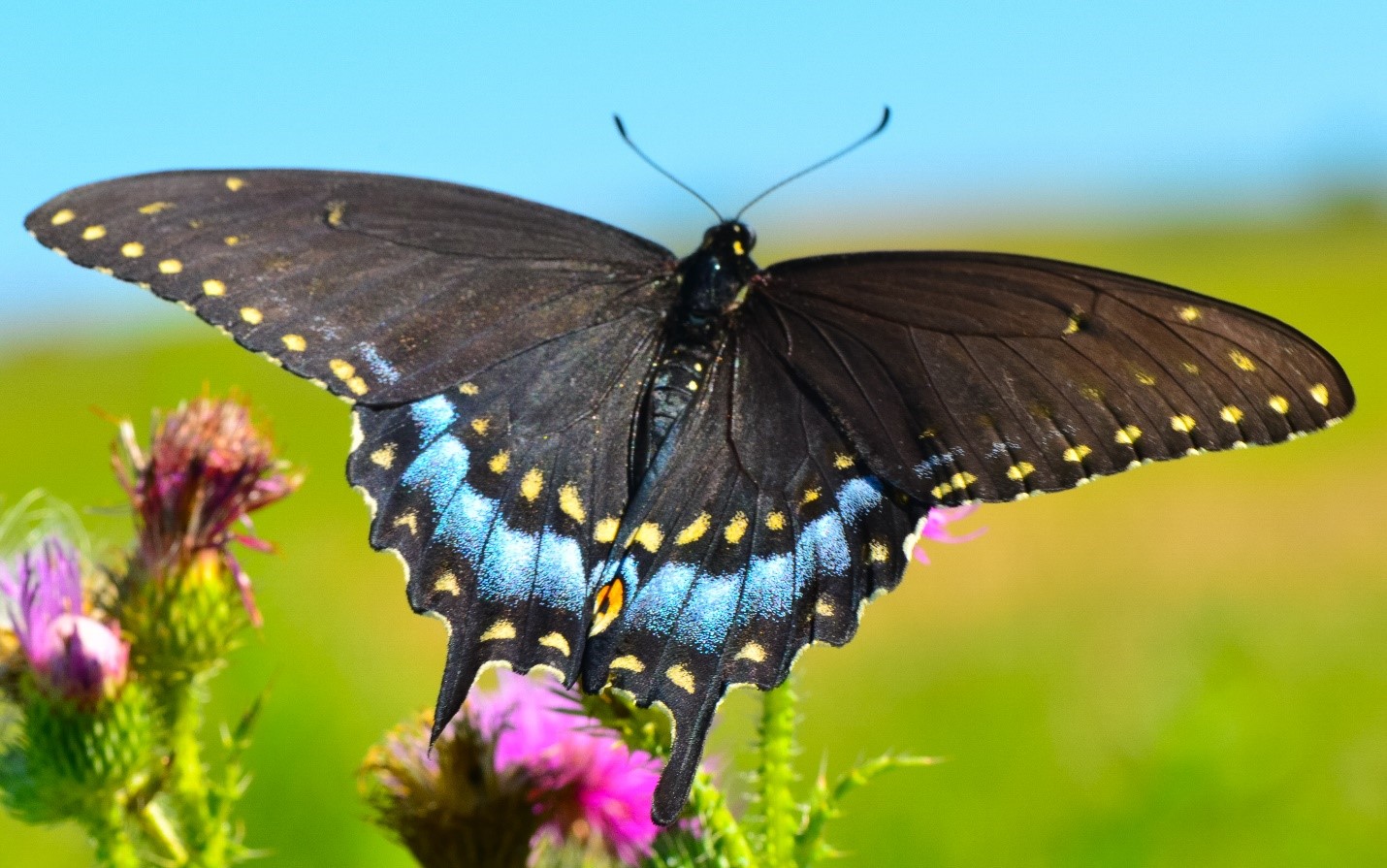
- Cut out pictures of animals and place in a bag
- Storytellers take a picture from the bag
- Begin the story: I wish I were a ________________
- Create the story using the characteristics of the animal
- End the story with I am glad I am me because _____________
Note: this can be done by choosing the animal or pulling the animal unidentified from the bag so the does storyteller does not know what animal they will become each time.
7. Create a Storytelling Box
- This activity can be done as a family box or family members can create their own box to bring to the campfire.
- Select and decorate a box
- Add artifacts including sketches, photographs, objects found in nature, or fun objects.
Note: Young children enjoy adding small toys to support their story development.
8. Retelling Favorite Stories 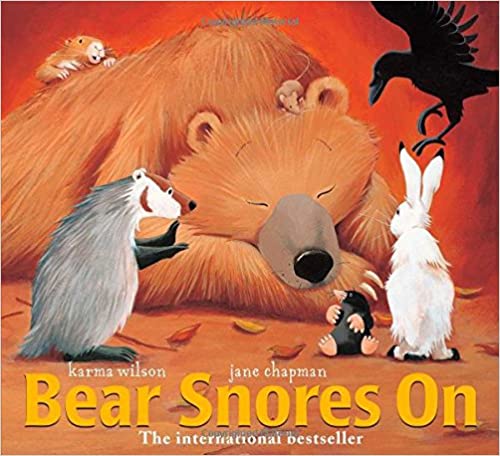
Can you tell your favorite story from your heart? Use over expression and movement to retell a story? Stories that have repetitive actions, movement, and engage the audience are great fun for our youngest story tellers. Pictured: Bear Snores On
Suggested Stories:
- The Hare and The Tortoise
- Three Billy Goats Gruff
- The Mitten
- The Little Red Hen
- Whose Mouse Are You
- Who Took the Farmer’s Hat
Want to do more?
- Host a storytelling party
- Attend a storytelling event
- Visit http://www.njstorynet.org/
Wrap Up:
How did you like this activity? Please share any questions, comments, or photos that you and your child have on the Raritan Headwaters Learning Community Facebook Page!
More Raritan Headwaters Learning Resources

